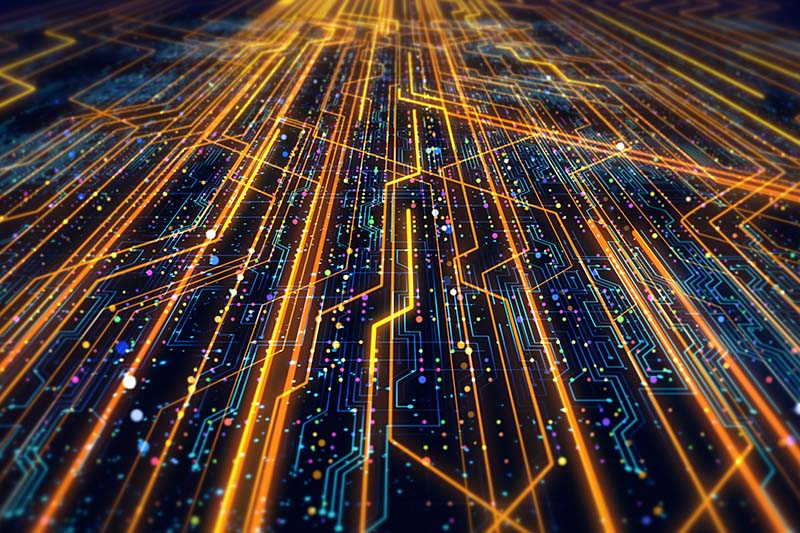How will AI-generated content change marketing?
The simulation of human intelligence by machines is known as artificial intelligence (AI). Over the past decade, the technology has emerged from the pages of science fiction and found a prominent place in our everyday lives. Whether you use a digital assistant like Alexa – or if you have facial recognition on your mobile device, AI has made life easier for millions.
For years, AI has been able to perform menial tasks – but, as the technology evolves, we’re witnessing the birth of AI-generated content; proving that machines have both an eye for art and a flare for the written word.
Despite the hype surrounding the content, the majority of AI tools available create generic material. The question is, how will marketers be able to best leverage this new technology, especially as they’re increasingly being asked to do more with less?

AI-written content
As its name suggests, AI-generated content is content created by AI-powered tools. Founded in natural language generation (NLG) technology, AI-generated content mimics human writing with its ability to scan the internet for data (existing content) and summarise it the way a human writer would.
OpenAI’s release of its Generative Pre-trained Transformer (GPT) tool in 2018 changed that. With only a small amount of input, the GPT tool can generate large volumes of sophisticated AI-generated text. Every version of the GPT tool brings new capabilities and higher levels of intelligence. The biggest jump occurred with the release of GPT-3, when the tool achieved its most significant jump in skill and accuracy.
There’s no doubt that AI-generated content marketing writing is getting smarter and more “human” as time goes on. In fact, we have all probably read articles written — at least partly — by machines without even knowing it. AI-generated content marketing can be used by companies to make their content strategies more informed and efficient.
In order to use this AI effectively, firms need to bring in good creators who understand how content ladders up to relevant strategic goals, and what makes content high-quality, factual and captivating. Discover more information on Cordis’ content creation service and find your ideal team of copywriters.
AI-generated images
You’ve likely tried out one of the new AI-based image generation tools, which ‘sample’ a range of image repository websites and online references to create all new visuals based on text prompts. With the help of generative models, particularly GANs (Generative Adversarial Networks), AI can easily turn our imagination into art.
This has given digital marketers an opportunity to create an innovative and immersive marketing experience. For example, BMW used AI generative art for a fresh form of advertising campaigns. According to BMW, it leveraged “StyleGAN” artificial intelligence software to cross-reference over 50,000 images of artwork spanning 900 years of art history and a curated set of 50 works from renowned and emerging contemporary artists BMW has worked with over the past 50 years.
Despite the impressive advancements, we’re still a long way off from AI replacing human photographers and illustrators. There’s an X factor – a level of empathy – that even the smartest AI-powered machines can’t replicate. Being able to understand the art of composition and the impact of an image on the human psyche is essential; hence why we recommend working with a team of experienced designers to enhance your business.

Cordis
Many sci-fi novels grapple with the overarching fear that machines will eventually replace humans. However, we believe that AI-generated content will actually create more content marketing jobs.
If you’re not quite ready for the rise of the machines – or are seeking harmonious cooperation between humans and robots, get in touch with Cordis today. With specialities in everything from events to social media content creation, design to videography – we will bring your business into the digital age with creative flair.